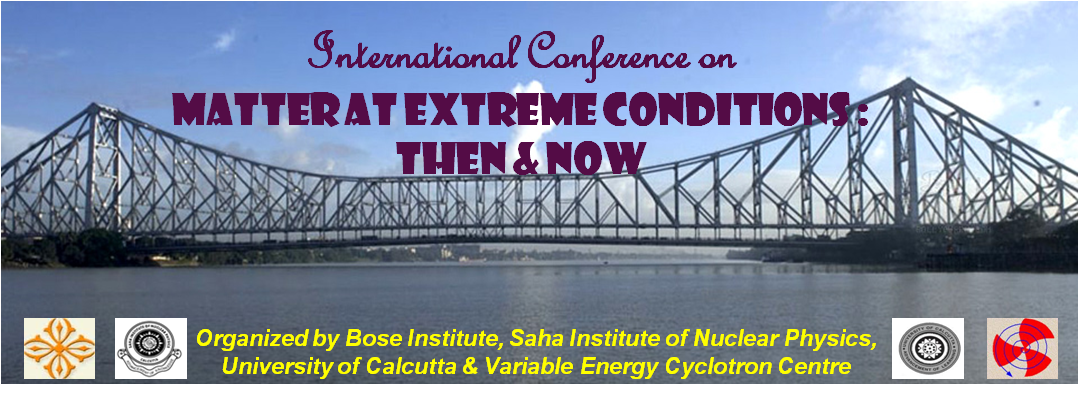Speaker
Ms
Navjot Kaur Virk
(Thapar University, Patiala (Punjab))
Description
The heavy ion collisions (HIC) between the low and relativistic energies (10MeV/nucleon≤A≤1GeV/nucleon) generates nuclear matter with high density & temperature, i.e. under extreme conditions. The primary motivation is to get the idea about the nuclear equation of state (EOS) and its isospin dependence in HICs. The nuclear stopping is a critical parameter which can provide crucial information regarding the thermalization reached during the HICs, especially at the intermediate energies. During the central HIC process, nuclear stopping governs most of the dissipated energy and constrains the different reaction mechanisms at different incident energies and colliding geometries. It can provide information on the EOS, nucleon-nucleon (N-N) cross section, and the degree of equilibrium reached in HIC [1]. Within the framework of Isospin dependent Quantum Molecular Dynamics (IQMD) model [2] by including the isospin dependence of momentum dependent interaction (iso-MDI) [3], we obtain the information regarding the stopping reached in HICs. The inclusion of term isospin into the momentum dependent interactions, can improve our knowledge of the basic ingredients of the model: namely, the nuclear EOS and, as such, the in-medium properties of the N-N interaction.
The present results will shed light on the conditions which prevail during the formation of hot and dense nuclear matter. Nuclear stopping has been investigated in central collisions at intermediate energies for a large variety of symmetric systems. Our findings show that the stopping power has the tendency to provide information regarding the properties of the nuclear matter at extreme conditions.
References
[1] W. Reisdorf et al., Nucl. Phys. A 848, 366 (2010); G. Lehaut et al., Phys. Rev. Lett. 104, 232701 (2010), S. Kumar, S. Kumar, and R. K. Puri, Phys. Rev. C 81, 014601 (2010).
[2] C. Hartnack et al., Eur. Phys. J. A 1, 151 (1998); C. Hartnack et al., Phys. Rep. 510, 119(2012).
[3] Navjot Kaur Virk, Karan Singh Vinayak and Suneel Kumar, Phys. Rev. C (under review).
Author
Ms
Navjot Kaur Virk
(Thapar University, Patiala (Punjab))
Co-authors
Dr
Karan Singh Vinayak
(Chandigarh University, Mohali (Punjab))
Dr
Suneel Kumar
(Thapar University, Patiala (Punjab))
